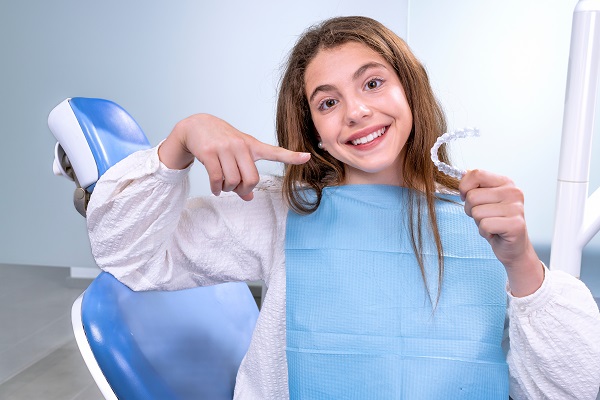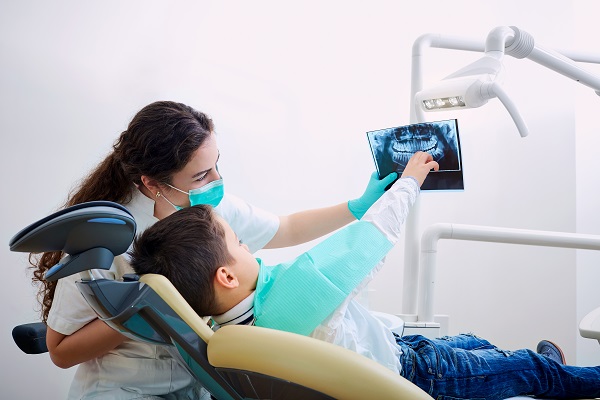4 Important Things to Know Before Clear Aligners Teeth Straightening

Understanding how clear aligners work is the first thing someone needs to do when considering this popular teeth straightening option. Because there are a few different straightening options to choose from due to updated dental technologies, those who are need of straightening services have a few choices. Clear aligners are one of the popular options people are choosing.
What are clear aligners?
Understanding what clear aligners are is the first thing one needs to do before making an ultimate decision. This alternative to wearing braces is a popular one, as there are many benefits that come with choosing this teeth straightening option. These benefits allow clear aligners to fit in with a variety of lifestyles, as they are nearly invisible, require little care and can even be removed from one’s mouth for a few hours every single day. Ready to find out what everyone needs to know before making a final decision?
What to know before choosing the clear aligner process
The list below includes need to know information about aligners, which will help those who are looking into their teeth straightening options make an ultimate decision.
#1 – They are custom made for every patient
The fact that clear aligners are custom-made for every patient, means anyone who chooses this teeth straightening option can expect a custom fit. While patients can expect to experience an adjustment period during the first week or so, they will quickly get used to wearing their new aligners. Aligners are made using a safe dental plastic and are created via a 3D image to ensure a proper fit for every patient.
#2 – Wearers can eat and drink whatever they want
The ability to remove clear aligners when eating and drinking is one of the more important things people should know, as this benefit is one that is exclusive to aligners. Since they can be removed, there is no need for anyone to worry about what they can and cannot eat while undergoing their straightening treatment. After eating, brushing one’s teeth is necessary before placing the aligners back in the mouth, as it is possible for the aligners to stain.
#3 – Retainers need to be worn after the last set of aligners
A retainer is a dental device that must be worn after the aligner process is over. Retainers help to keep one’s newly straightened teeth in their new and proper positions, preventing the teeth from moving back into their previous crooked positions. When it comes to how long someone needs to wear their retainer, it depends as every patient is different. Generally speaking, retainers need to be worn for at least 12 months.
#4 – They are designed for ages 14 and up
Clear aligners can be made for those who are at least 14 years of age. This makes aligners a great teeth straightening option for teenagers who would rather be a bit discreet when going through the straightening process. When a teen is interested in this straightening option, the first thing parents need to do is make a consultation appointment to find out if their teen is a good candidate.
Is this the right straightening option?
After reading the above information on clear aligners, is this the right choice for you? Having straight teeth supports a healthy mouth, making it a good idea for those who have any level of crooked teeth to choose one of the straightening options currently available. This straightening option tends to be a popular choice due to all of its many benefits.
Are you considering clear aligners in the Wayne area? Get more information at https://www.drsallysong.com.
Check out what others are saying about our dental services on Yelp: Clear Aligners in Wayne, NJ.
Recent Posts
Even though braces are common among teenagers, getting them is a new orthodontic experience for every patient. Teens and their parents tend to have many questions about braces and other orthodontic treatments for teens, when to get braces, and what having braces will be like. Here are some of the most common questions orthodontists hear…
Invisalign® for teens has been a popular choice for patients in this age group. It is not difficult to see why. There are many benefits that these clear aligners provide that other treatments cannot. Still, you should not take the choice between these and traditional braces lightly. It is important to give your teen the…
With Invisalign® for teens, adolescents can now improve their smiles in less time and without the intrusiveness of metal braces, as the Invisalign for teens method shifts the teeth gradually using a set of removable aligners. For adults and teens alike, Invisalign has swiftly become one of the most popular teeth-straightening treatments.Invisalign entails transparent aligners…
The primary goal of early orthodontic treatment is to prevent and fix bite misalignments. Several causes, including genetics, the premature loss of primary (baby) teeth, and harmful oral habits (like thumb sucking) may lead to such anomalies. Orthodontic abnormalities might be congenital or occur during early childhood. Straight teeth can reduce the incidence of dental…


